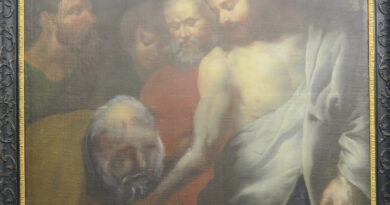1000 Year Old Imperial Church Built By Roman Emperor Otto The Great Found Under Corn Field In Germany
A 1,000-year-old church built by Otto the Great, who as Holy Roman Emperor greatly extended the influence of the Catholic Church in Europe, has been found under a cornfield in Germany.
Archaeologists have confirmed that they have uncovered the foundation walls of a large church at the rediscovered Royal Palace of Helfta near the town of Eisleben in the German state of Saxony-Anhalt.
The church was discovered early last month and its foundation walls have now been fully uncovered.
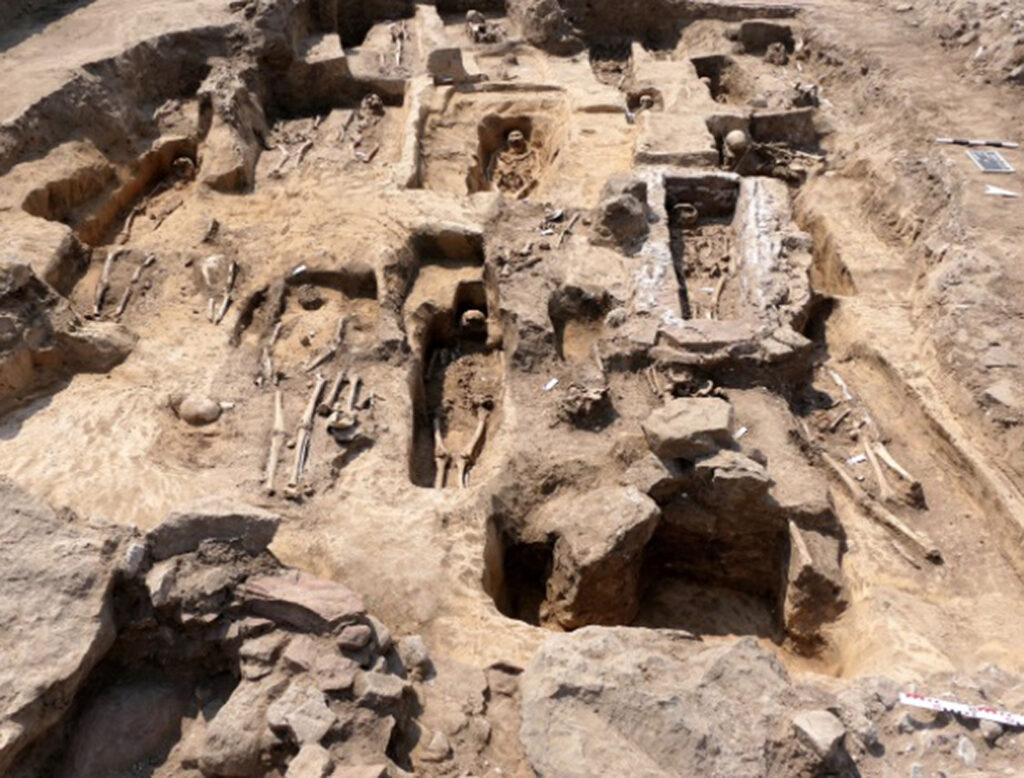
The church was built by Otto I, traditionally known as Otto the Great, who was king of Germany from 936 and Holy Roman Emperor from 962 until his death in 973.
According to a statement from the team researching the site, there is evidence of two stays at the site by Otto I and his son, Otto II ‘the Red’, with the former attending the church’s inauguration.
Project manager and archaeologist Felix Biermann said: “This is a magnificent, exceptionally large church, which proves the importance of this location in the Ottonian era.
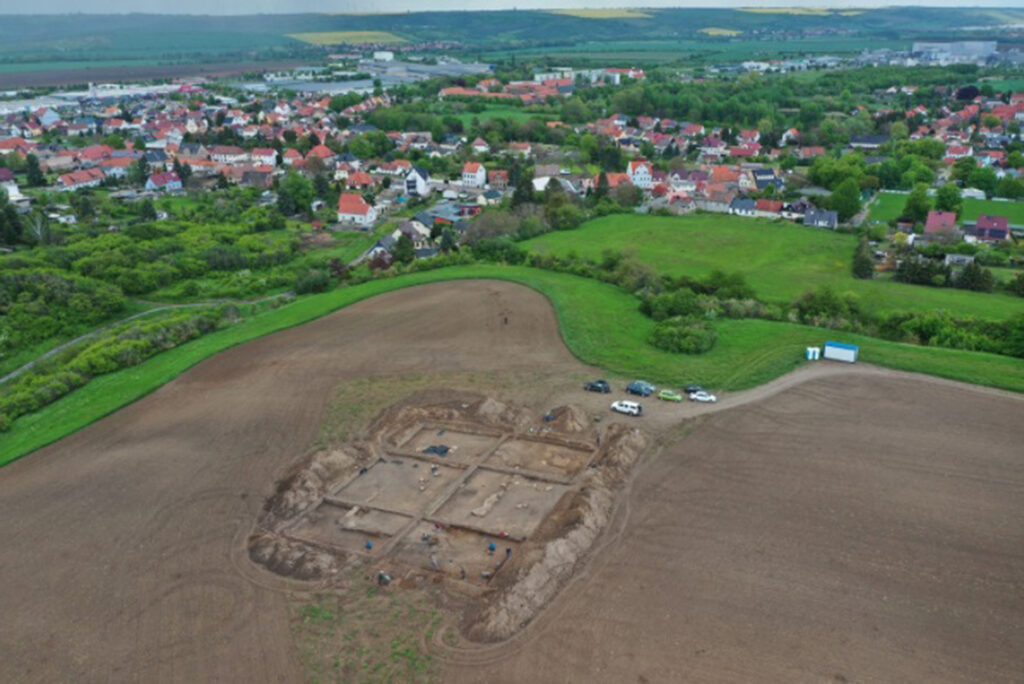
“With a length of 30 metres (98 ft) and a width of around 20 metres (66 ft), Otto had effectively built a church that resembles a miniature cathedral.”
The church was founded before 968 and is believed to have been consecrated to Saint Radegund, the Thuringian princess and Frankish queen who founded the Abbey of the Holy Cross at Poitiers.
She is also the patron saint of several churches in France and England and of Jesus College in the city of Cambridge.
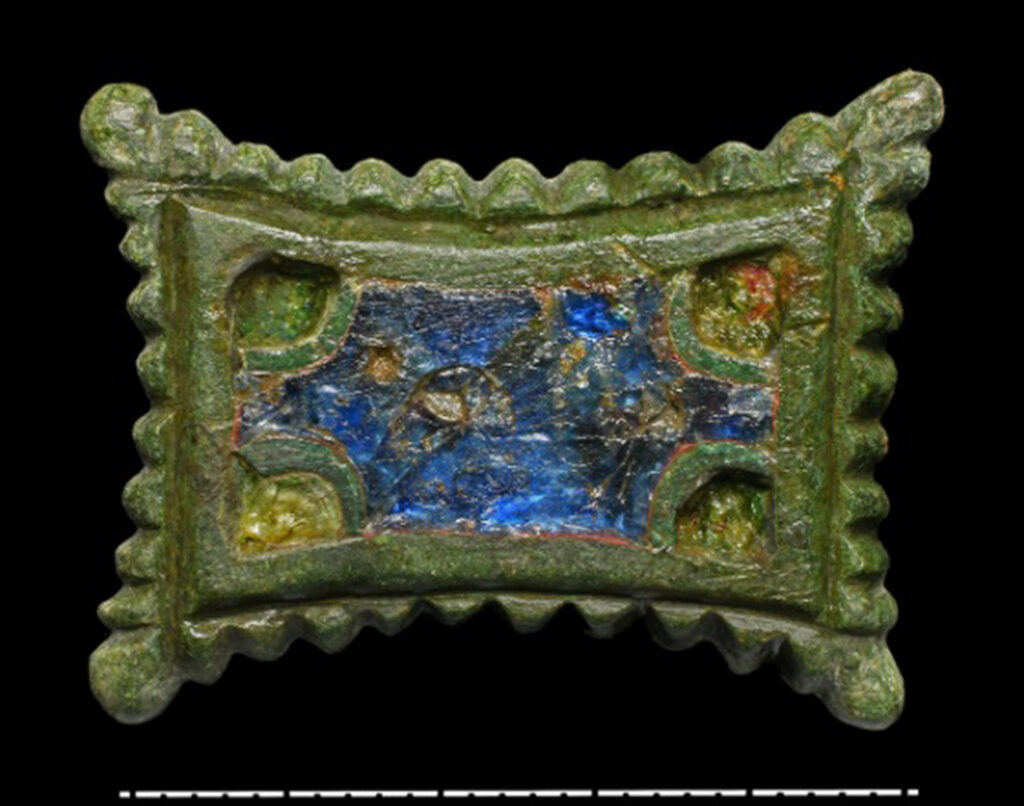
The church existed for around 500 years and was demolished during the Reformation, the split of the Western Church into Protestantism and what is now the Roman Catholic Church.
In addition to the foundation walls, a number of coins and a tiled stove from the 14th and 15th centuries, as well as a fragment of a bell, were found on the site of the church.
Also found near the church was a cemetery containing 70 graves and several stone tombs from the 10th to the 15th century which according to Biermann was “the burial place for the aristocratic families of the region.”
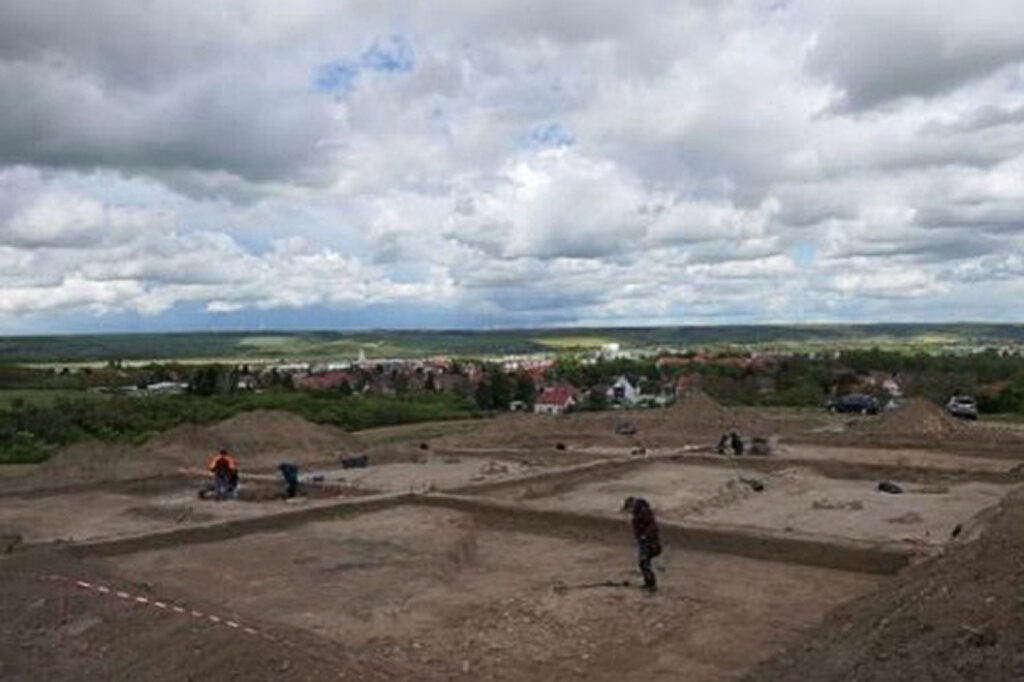
He continued: “In addition, belt fittings, belt buckles made of bronze, coins, knives and various utensils came to light. Numerous disc brooches from the Ottonian times, made of bronze, enamelled and with glass inlays in a rectangular and circular shape, were excavated.”
Mayor Carsten Staub said: “It is amazing to me what the archaeologists and excavation helpers are bringing to light during this excavation.”
The long-lost remains of the royal palace on the “Kleine Klaus” were the starting point for the latest find after they were rediscovered in 2009 through geomagnetic prospecting, with the exploration slowly spreading outwards.

In addition to the church, the Palatinate also had residential and commercial buildings with pit houses, as well as stately residential buildings and probably an auditorium where meetings took place.
Biermann who explained that the excavations will last until September, but that he hopes will then be continued in the next few years, said: “The Palatinate area is to be exposed step by step.”
Minister-President of Saxony-Anhalt Reiner Haseloff said: “With the identification of the situation of the church and the Palatinate, an important gap in the history of the country will be closed.”


